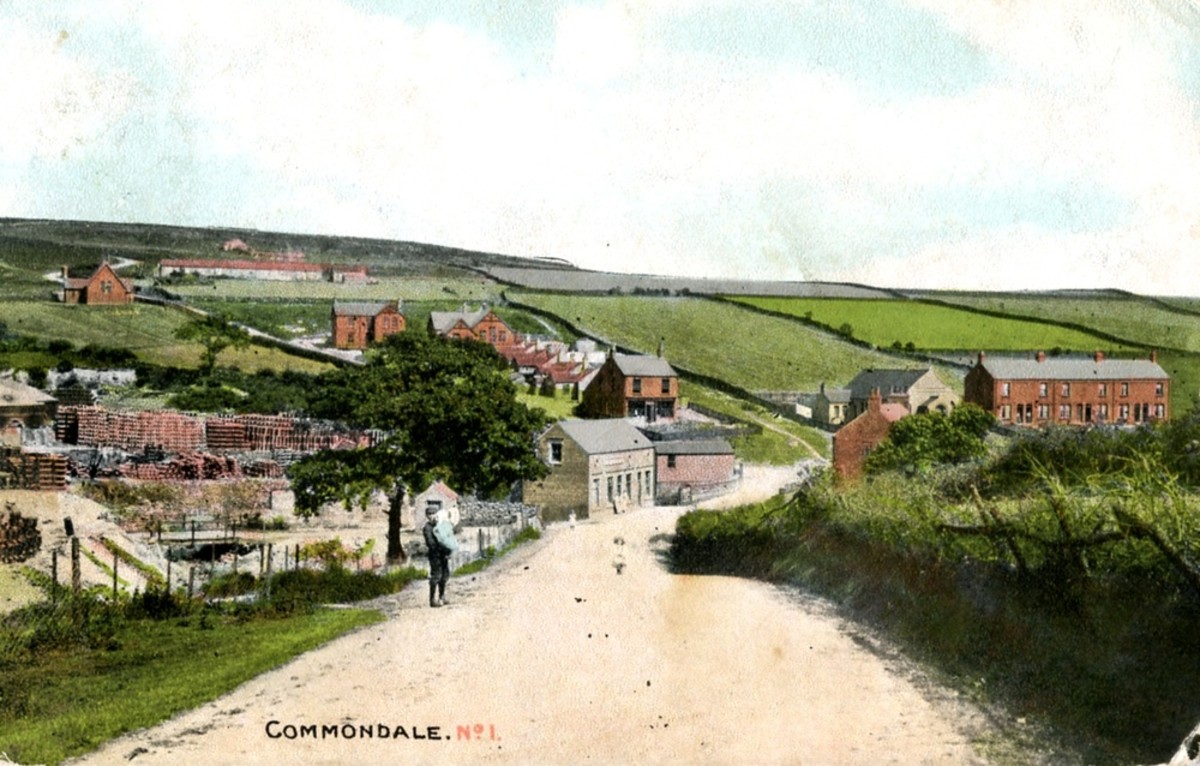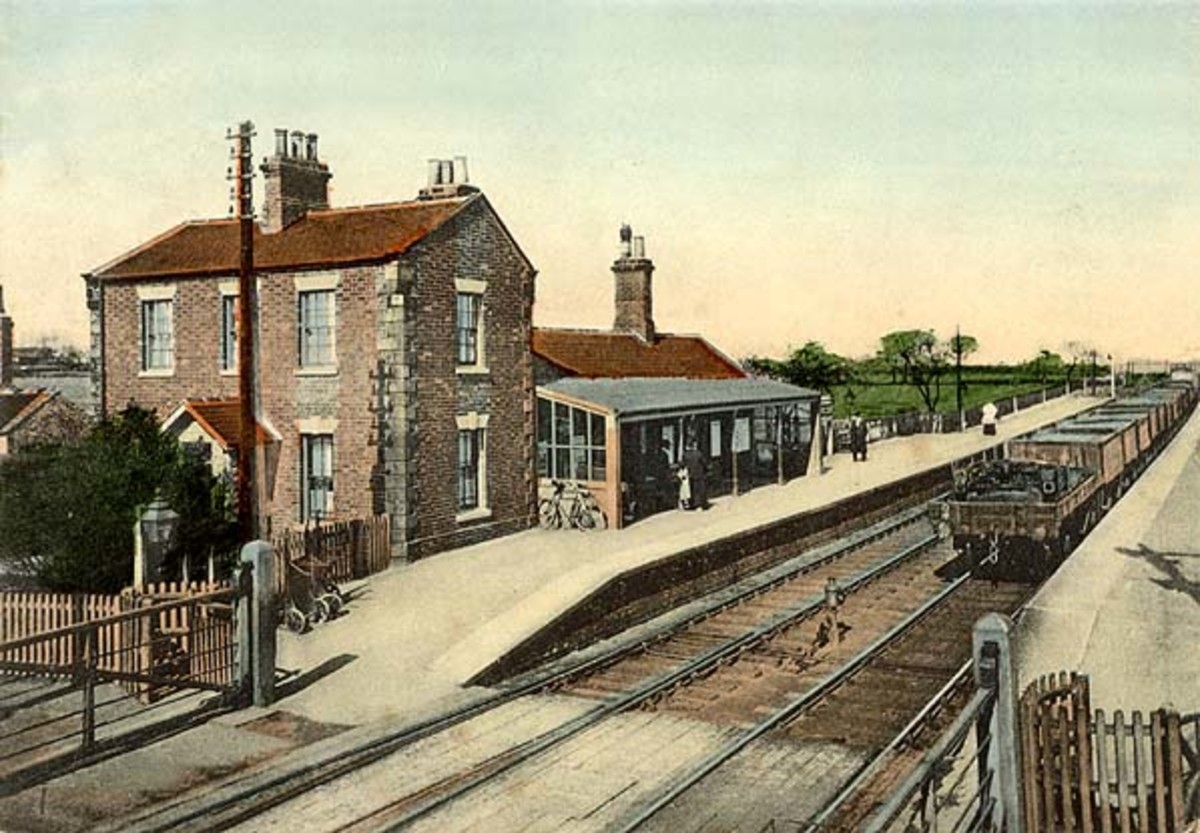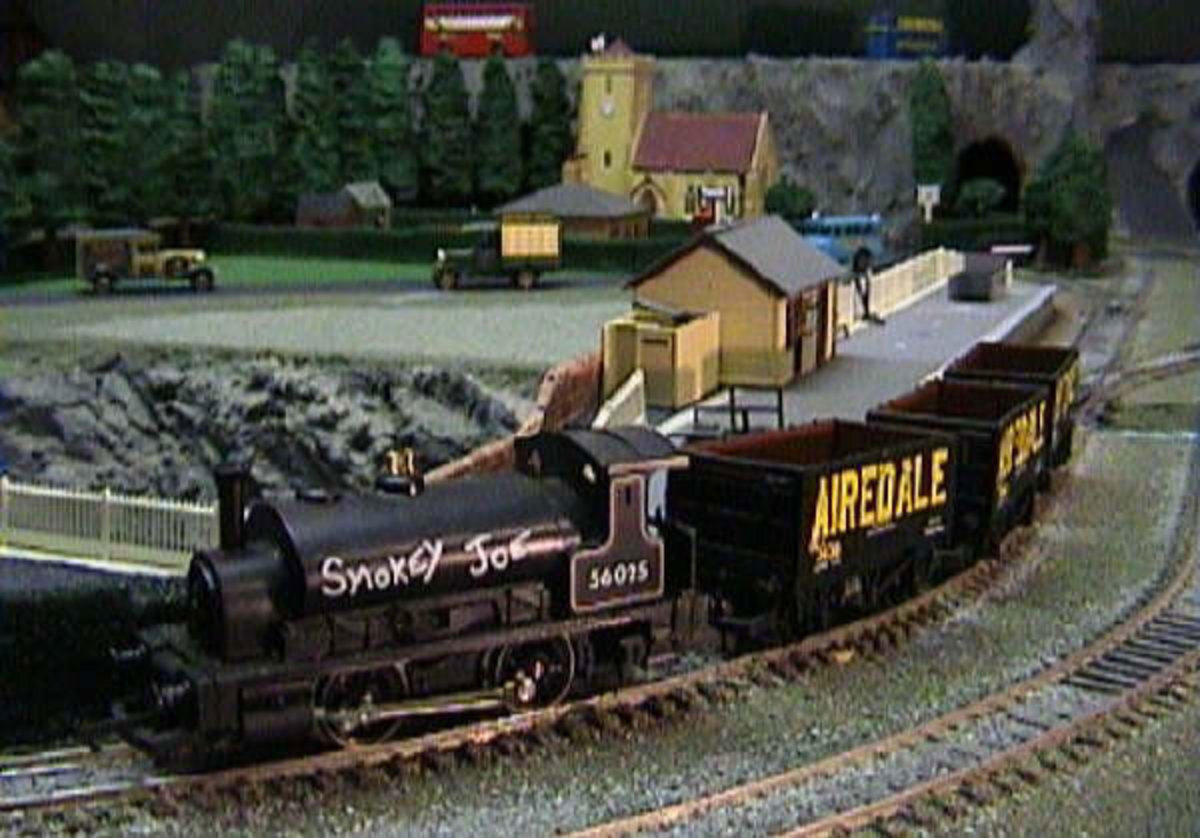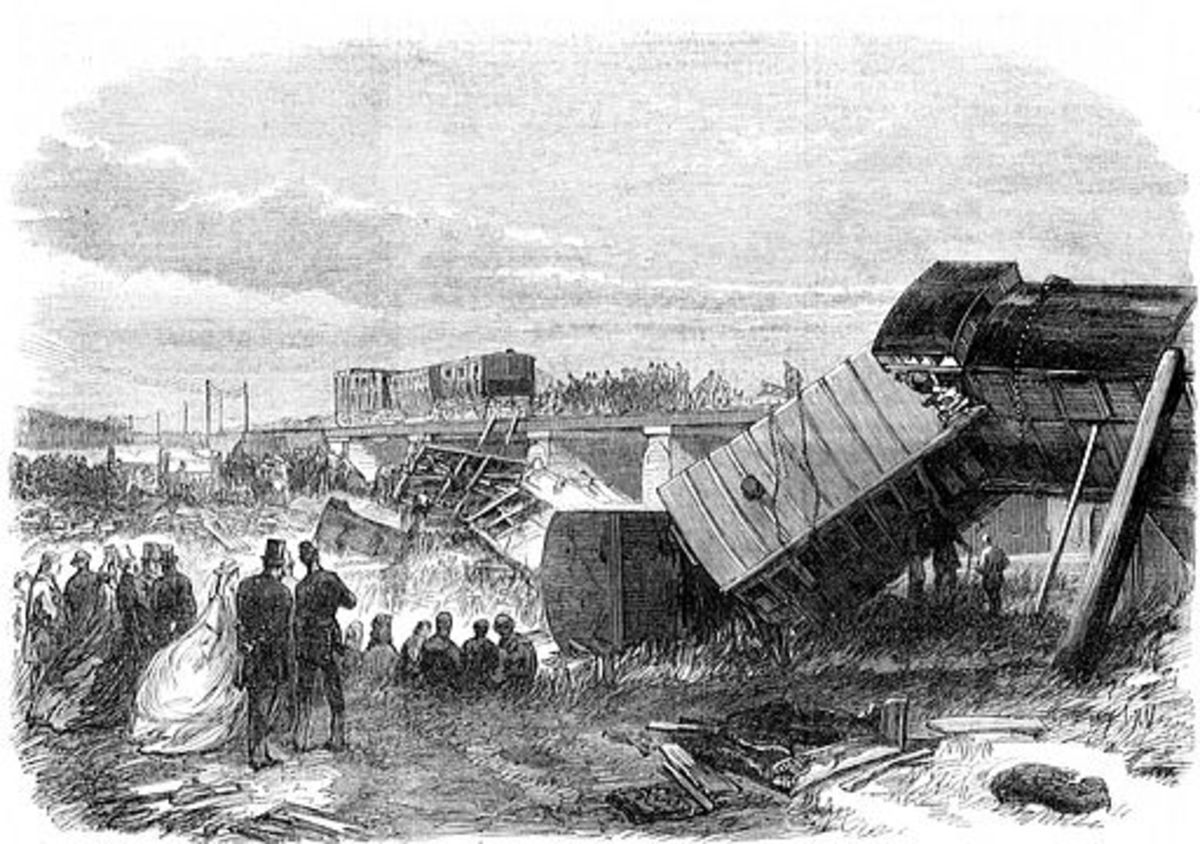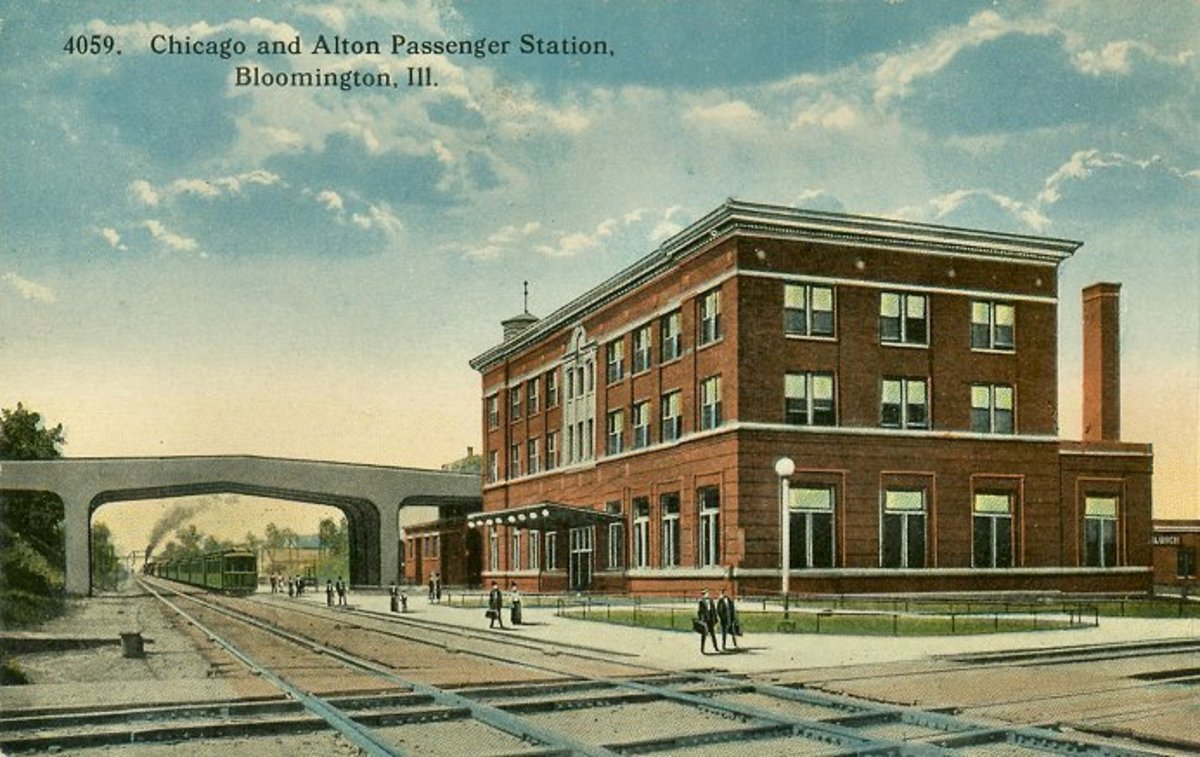Newquay Cornwall Railway Station and Trains
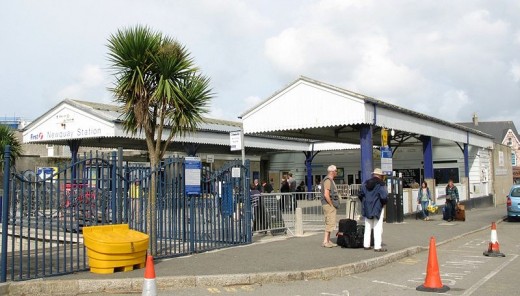
Newquay Railway Station
Newquay Railway Station is at the end of a local branch line, from Par. Several trains arrive and leave each day - and in the summer there are some special trains coming straight through to Newquay from Scotland and Manchester. London Paddington station is the station to catch a train to Newquay and Cornwall.
For many though, looking up train times to Newquay, they'll discover that the journey is exceptionally long. Firstly, the train between Par and Newquay takes 40-50 minutes to cover just 20 miles, secondly, if you check the changes on the route you can find that the changeover at Par, from the main line to the Newquay branch line, involves a loooooong wait.
My suggestion for people travelling to Newquay by train is to also check the feasibility of getting off the train at St Austell and catching a bus the rest of the way. St Austell station is tiny and the bus station is right next door - so there's no complex or large terminus to navigate, you simply can't get lost.
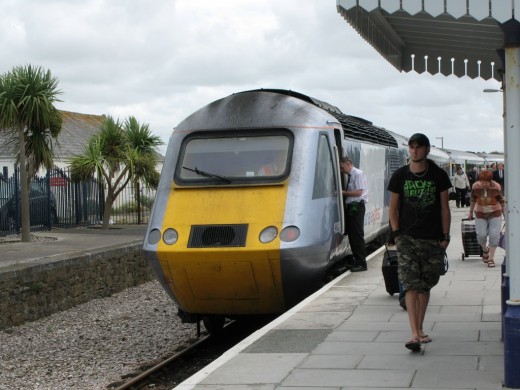
The Atlantic Coast Line
Since 2007, some faster express routes have been set up, with
cross-country trains from the north and routes routes from Paddington,
London, with reduced stops. These trains have been named the Atlantic
Coast Express and can shave hours off the journey. They run Mon-Sat in
the summer season.
Newquay Railway Station was first built as a means of carrying goods to and from Newquay Harbour. There's a further tram track, which has been pedestrianised, which lead from the station down to Newquay Harbour. From Newquay Harbour another line ran up through a tunnel and across to Wheal Rose, the site of the current Lappa Valley Steam Railway; this line (from Newquay to Chacewater) was closed due to Dr Beeching's axe in the 1960s.
The Atlantic Coast Line is the name of the railway line that runs from Par, near St Austell, on the south coast, to Newquay on the north coast. Before the A30 was widened in 2007 the railway line would be closed several times a year when lorries hit the low bridge on Goss Moor.
The Atlantic Coast Line is about 20 miles long and, apart from the start at Par, the route follows the original Cornwall Mineral Railways route.
About 130,000 people use this route every year, about double the volume of 10 years ago.
The route crosses some lovely scenery, passing historical spots, an old canal, a river, a huge viaduct, crossing a Site of Special Scientific Interest - and, since 2005 - there's even a Rail Ale Trail listing every pub that's near to a station on the route, to encourage real ale drinkers to explore the countryside while enjoying real ale. You'll find details of the Rail Ale Trail here: http://www.railaletrail.com/
Newquay Station and Services
Newquay station is very small. There's no inside seating areas, just some benches in a covered area.
There's a cafe at Newquay station that serves teas, coffees, sandwiches and similar quick foods.
There are public lavatories at the station.
There is a taxi rank next to the station, as well as a bus stop.
On both sides of the station, but not owned or operated by the station, there are pay and display car parks.
A Short History of Newquay Railway Station
Date
| |
|---|---|
June 1876
| The first passenger trains were operated to/from Newquay Station
|
1905
| Newquay Station was rebuilt, with two tracks and three platforms.
|
1905
| Newquay to Truro line opened
|
1906
| Direct trains from Newquay to London available
|
1926
| The tramway from the Station to the harbour was removed.
|
1928
| The main platform was extended.
|
1935
| The main platform was extended again.
|
1938
| The second platform was extended as holidaymakers were arriving in longer trains.
|
Feb 1963
| The Truro line was closed, as part of Dr Beeching's cuts.
|
1965
| The goods yard closed.
|
1964
| The roof of platforms 2 and 3 was removed.
|
1966
| Platform 3 was shortened.
|
1972
| The second line was removed.
|
Oct 1987
| The signal box was closed.
|
1992
| Station buildings were demolished to make room for a car park.
|
Mar 1997
| The signal box was burnt down by vandals.
|
Photography by:
Geof Sheppard: Newquay Railway Station
Geof Sheppard: Train from Manchester Piccadilly at Newquay Station, August 2009

